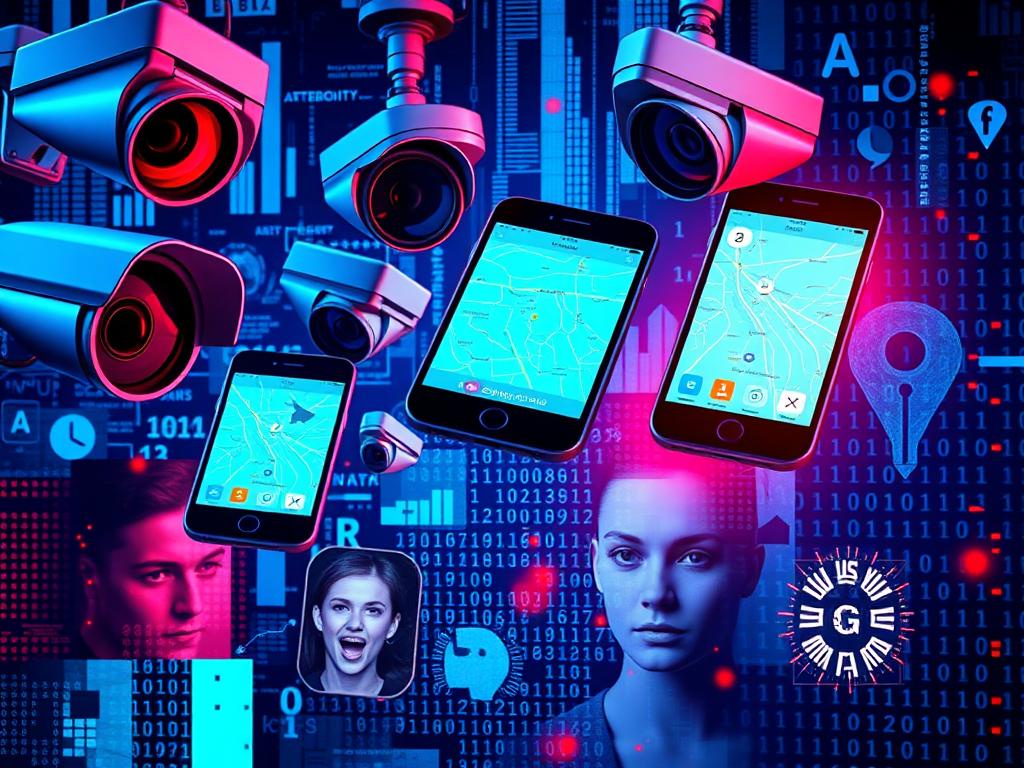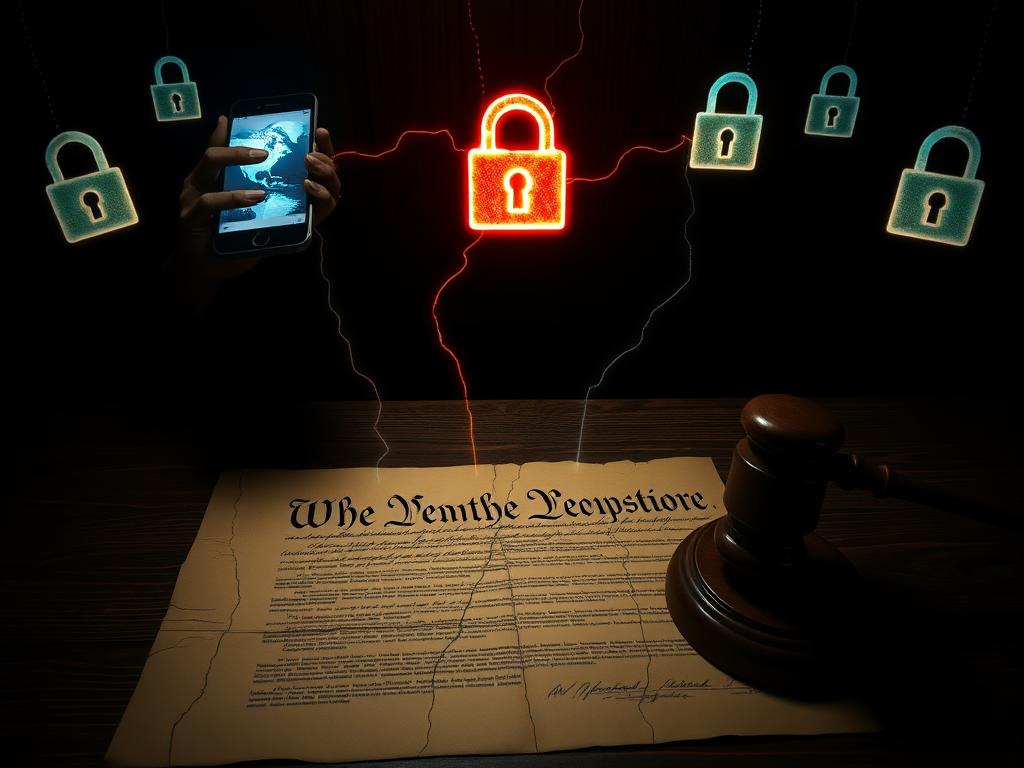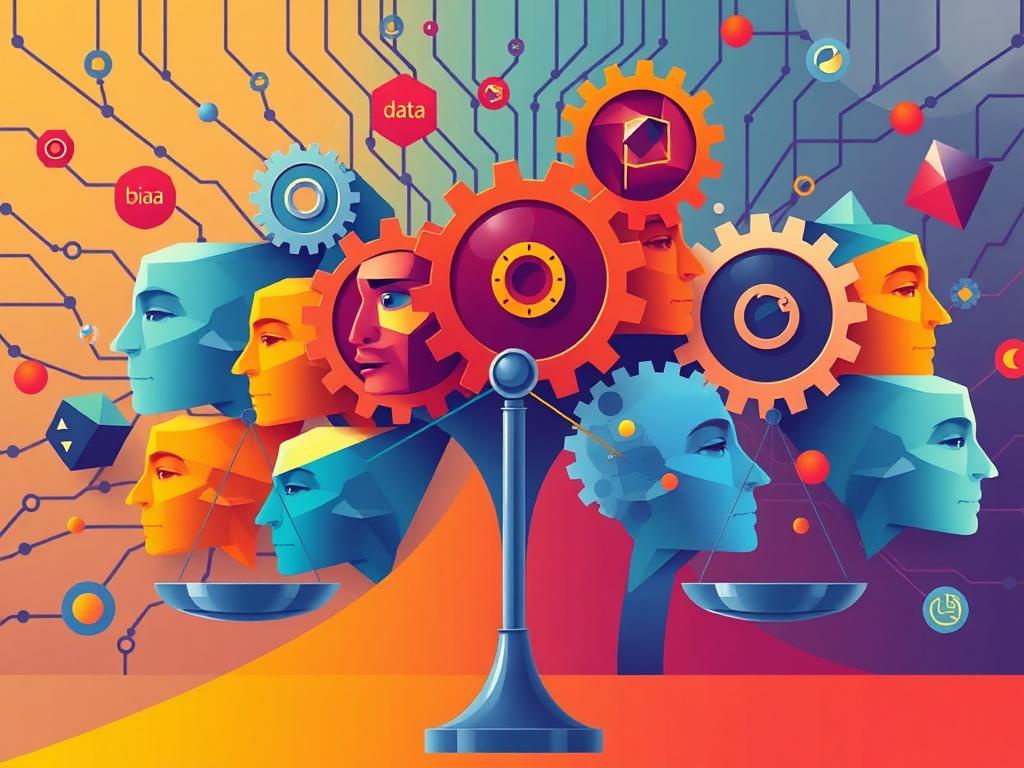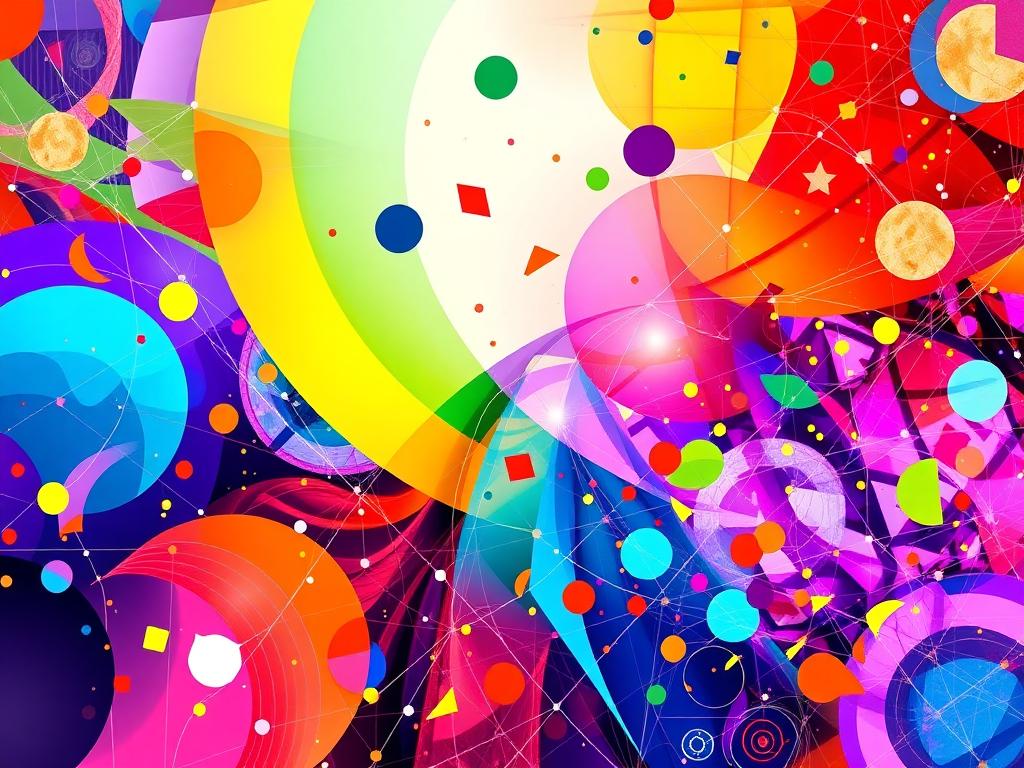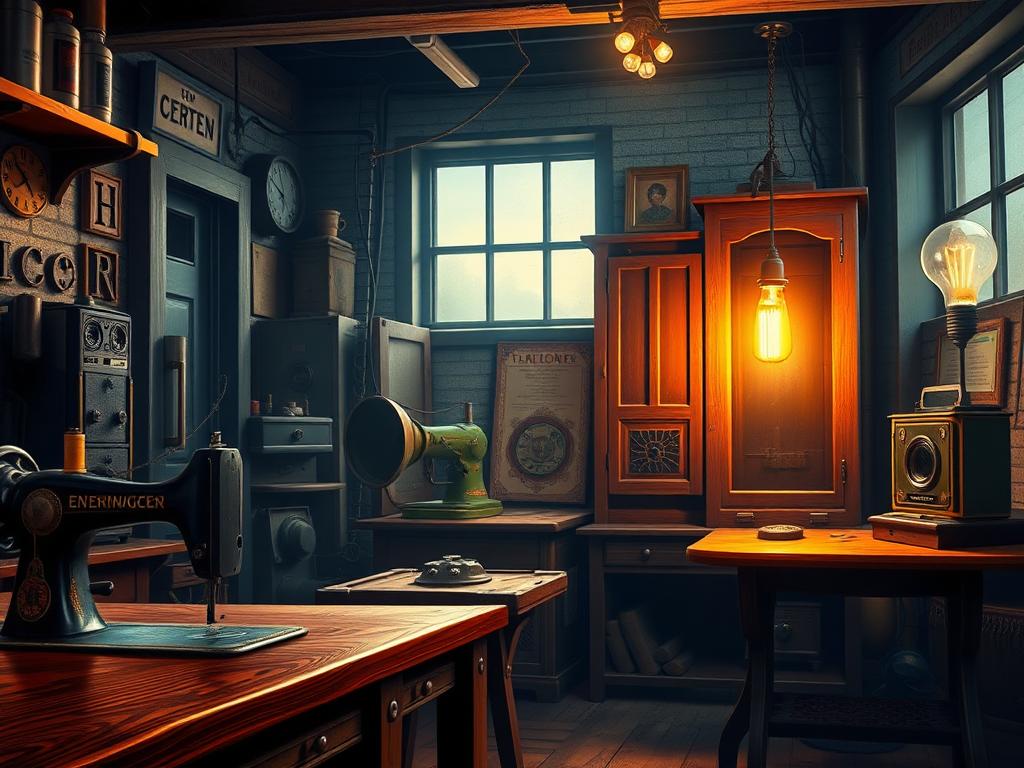
How New Technologies Shaped History
Explore the fears, myths, and societal impacts of groundbreaking inventions like photography, sewing machines, elevators, and the internet throughout history.
Photography — 1830s
When cameras were first introduced, they sparked widespread fear and curiosity. Some believed that having your photo taken could steal your soul, while others thought it would render painters obsolete or even spread illness. Yet, photography marked the first time humanity could freeze a moment in time. This innovation left people unsure of how to process its implications.
The Sewing Machine — 1840s
Elias Howe's invention of the sewing machine was met with protest. Many feared it would destroy jobs for tailors, while others argued it would make women too independent and morally corrupt by giving them too much free time. Despite these fears, the sewing machine revolutionized the textile industry and changed society forever.
The Elevator — 1850s to 1900s
Early elevators terrified people. Fears ranged from suffocation inside the confined space to the cables snapping or vertical travel damaging the human body. This fear was so pervasive that buildings were often designed to avoid elevators unless absolutely necessary. Over time, elevators became a staple of modern architecture.
Electricity — 1870s
When electric lighting entered homes, it was met with skepticism and fear. Warnings circulated that bulbs could blind people, outlets might explode, and invisible currents could warp morals. Some families outright refused to install electricity, preferring the familiarity of gas lighting and candles.
The Telephone — 1876
Imagine hearing a voice through a device for the first time. Some dismissed the telephone as 'unnatural,' while others feared it invited evil spirits or mental illness. Heated debates questioned whether the telephone would erode human sanity, yet it became a cornerstone of global communication.
The Radio — 1920s
The introduction of radio sparked protests from live musicians who feared it would destroy the music industry. While their concerns weren't entirely unfounded, radio disrupted traditional music distribution and created new ways to perform, share, and listen to music, shaping the entertainment landscape.
The Internet — 1990s
In the 1990s, the internet was seen by some as a passing trend. Critics warned it would ruin reading habits, collapse attention spans, and destroy human connection. These concerns, while partially valid, underestimated the transformative power of the internet as a global communication and information tool.
Email — also the 1990s
As offices adopted email, panic spread over email overload, mental fatigue, and the death of focused work. These concerns were not entirely misplaced, as email remains a double-edged sword in modern productivity. Yet, it has become an indispensable part of professional communication.






